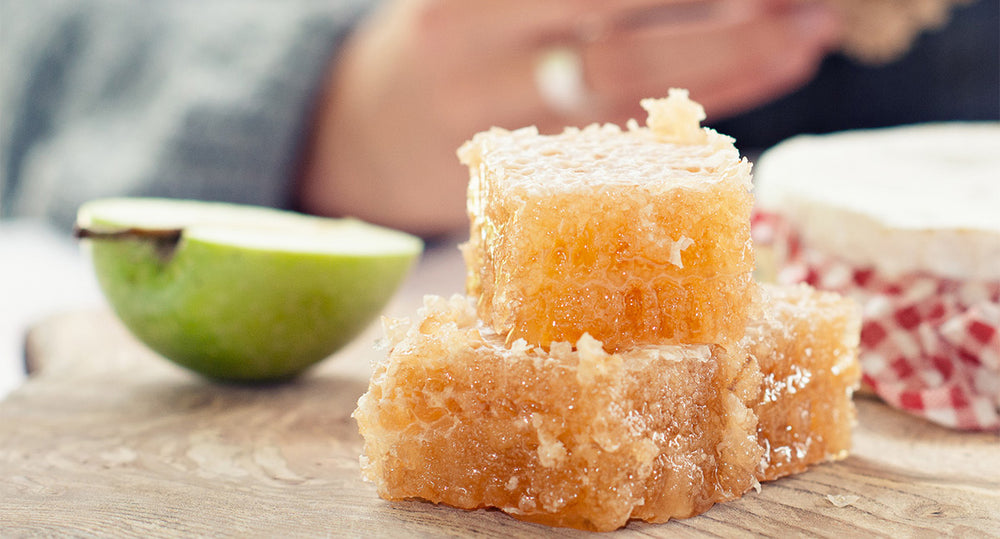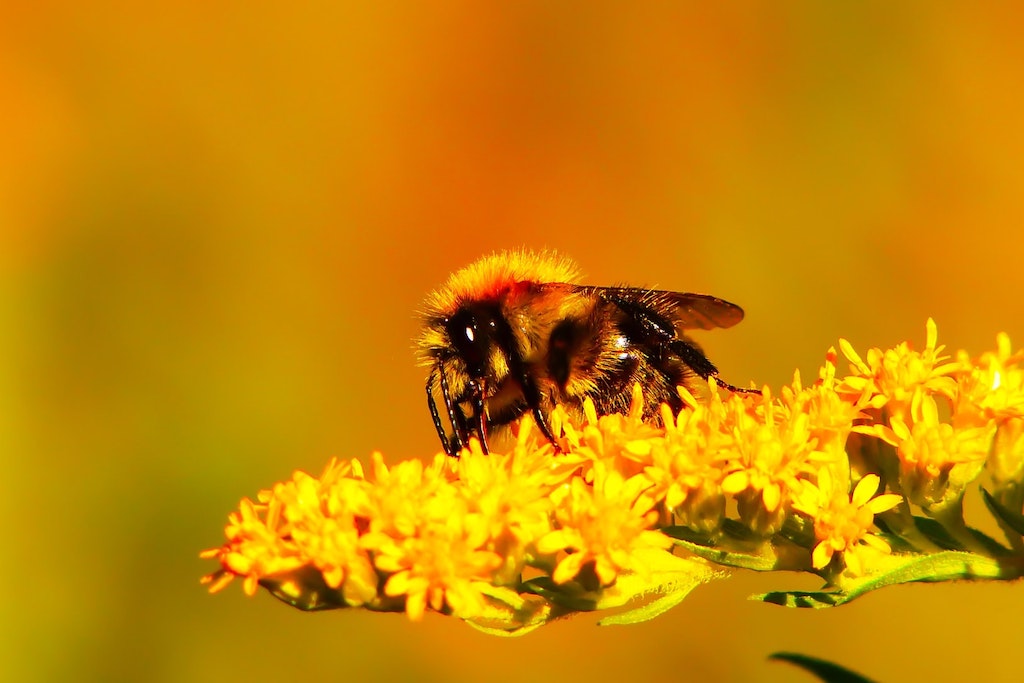If you, like us, love eating and enjoying the benefits of honey, then you’ll know it’s an indulgent, health-giving experience. But honey is an animal product – it’s produced by bees as part of their normal behaviour. So what happens to honey bees when their honey is harvested? Are they harmed in any way ?
There are two camps here. As with many of the things we eat that are produced by animals, there is debate from both sides. We all have our viewpoints on everything from the use of pesticides in non-organically grown fresh produce to animal welfare standards. Some of us choose to eat organic fruit and vegetables, some of us avoid meat, some of us avoid all animal products including honey. And all viewpoints are ok.
In terms of honey, in the simplest sense, female forager honey bees make honey by foraging on flowers and collecting nectar, the sugary liquid that collects within flowers. They then store this nectar in their nectar sacs (think of these as a ’stomach’) until these sacs are full. If she needs energy, she’ll release some nectar from these sacs into her own digestive system.
Back at the hive, the bees then mix this nectar with their saliva, which contains an enzyme that converts the nectar into honey. The nectar is passed from bee to bee via their mouths, further mixing with the honey-making enzyme until eventually it’s stored as honey in the hexagonal gaps within the waxy honeycomb in the hive. Each hexagonal gap is then capped with beeswax until the honey is needed for baby bees or the whole hive over winter.
Bees are incredibly efficient, and although officially, bees make honey for the good of the hive and future generations of bees, they make more than enough for their needs. So when a responsible beekeeper comes along and takes honey from the hive in order to put it into jars and sell it to eager customers, they’ll make sure they leave enough for the hive to thrive. Because after all, if the hive doesn’t thrive, then neither does the honey production!
At Necta & Hive, we’re proud of the responsible bee keeping practices that go into making our delicious, luxury, active healing honeys. But not all honey is produced using such practices.
Mass produced honey produced via industrial bee farming often comes from bee farms that have techniques built into their business model that does significantly harm bees. These techniques include annual hive culling, as it’s too expensive to keep the hives in operation over the winter period when flowering plants are scare and honey production is low. They also include feeding bees on weak sugar water during the cold months that is nutritionally inferior and leads to a weakened immune system in the entre bee colony. Some industrial bee farms also carry out wing clipping on the queen bee, to prevent swarming and a subsequent decline in honey production.
None of these practices sit well with us, which is why we truly believe in the luxury tag we give all our honeys. So the choice is yours. But if you’re keen on eating a product produced on a small scale, with the health of the amazing honey bees at its core, then choose Necta & Hive. You won’t regret it.






